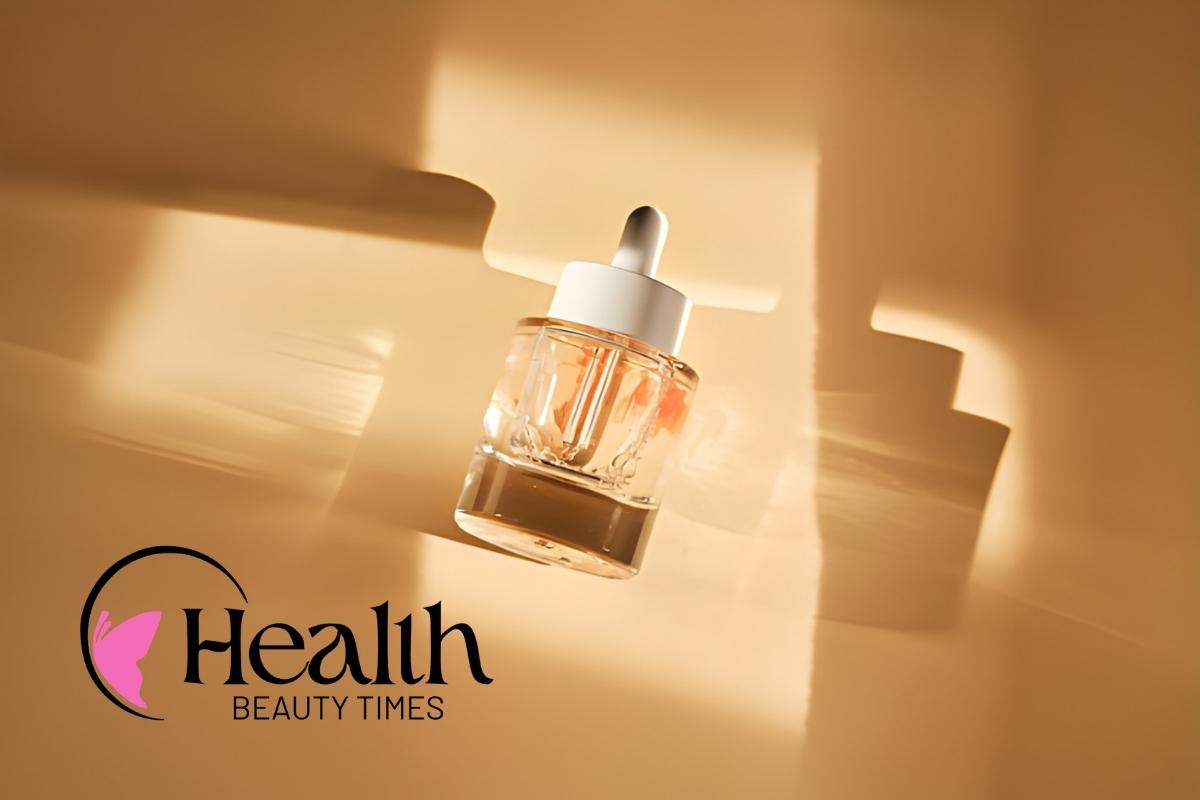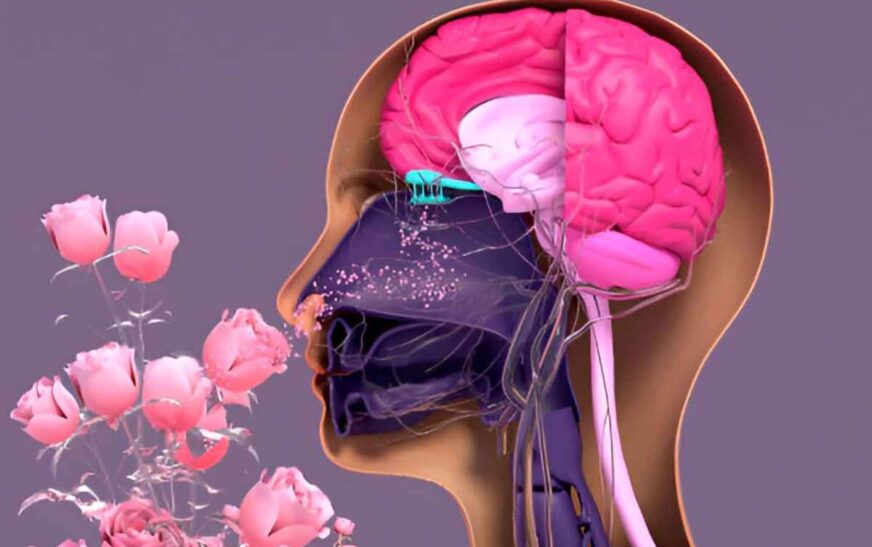Important Points
- A flat maxilla refers to the underdevelopment of your upper jawbone, which can significantly alter your facial features.
- The causes of this condition are diverse, ranging from genetic predispositions to childhood habits like mouth breathing.
- The primary symptoms include a sunken mid-face, flat cheekbones, a prominent lower jaw, and potential breathing or dental issues.
- A flat maxilla can impact your facial symmetry and change the appearance of your nose and smile.
- Several treatment options are available, including dermal fillers, orthodontic headgear, and corrective jaw surgery.
Introduction
Have you ever looked in the mirror and felt that your mid-face appears sunken or your cheekbones lack definition? You might be observing the characteristics of a flat maxilla. This condition, where the upper jawbone is underdeveloped, can affect your overall facial appearance. It influences how you look and can lead to functional problems. Fortunately, understanding this condition is the first step toward exploring various treatment options that can improve aesthetics and quality of life.
Understanding the Maxilla and Its Role in Facial Structure
The maxilla is a crucial component of your facial bone structure. It forms your upper jaw, holding your top teeth in place and supporting many other parts of your face. Its position and size are fundamental in determining your overall facial shape and harmony.
Because the maxilla connects to many other facial bones, its development directly influences your appearance. Understanding its anatomy and impact on facial symmetry is key to recognizing why an underdeveloped or flat maxilla can cause such distinct changes.
Anatomy of the Maxilla
Your skull is a complex structure made of 22 different bones, and the maxilla bone is one of the most prominent. It consists of two bones that are fused to form the upper jaw. This essential structure is the anchor for your upper teeth, making it vital for chewing and speaking.
The influence of this upper jawbone extends far beyond your mouth. The maxilla also forms the lower part of the eye sockets, supporting your eyes. It even makes up a portion of your nasal cavity and shapes the roof of your mouth, also known as the palate. Essentially, this single bone is a central pillar supporting the middle third of your face.
So, how can you tell if you have a flat or recessed maxilla? You might notice that your mid-face appears sunken, your cheekbones are not well-defined, or your upper lip seems thin. A professional evaluation by an orthodontist, involving visual inspection, a detailed medical history, and possibly X-rays, is the most accurate way to get a diagnosis.
How the Maxilla Impacts Facial Symmetry
Facial symmetry is often considered a key element of attractiveness, and the maxilla plays a starring role in creating this balance. A well-developed maxilla provides forward projection to the mid-face, supporting the cheekbones and aligning correctly with the lower jaw. This proper alignment creates harmony between all your facial features.
When the maxilla is underdeveloped or flat, this balance is disrupted. A flat maxilla can make the lower jaw and chin appear more prominent in contrast, leading to an unbalanced profile. This misalignment can affect the appearance of many parts of your face, from your nose to your jawline, creating a disharmonious look.
This is how a flat maxilla directly affects facial appearance and beauty. By causing the mid-face to appear sunken, it can create shadows under the eyes and lead to a less defined, flatter look. The lack of support from the maxilla can make other features, like the nose, seem larger or disproportionate, disrupting the overall aesthetic harmony of the face.
What Is a Flat Maxilla?
The underdevelopment of the maxilla, or upper jawbone, characterizes a flat maxilla. Instead of growing forward to support the mid-face, the bone is less prominent or “flat,” which affects the entire facial bone structure. This can give the face a sunken or concave appearance.
This condition is more than just a cosmetic concern; it can be linked to various functional issues. What causes a flat maxilla, and is it common? The answers lie in a combination of genetic factors and developmental influences, which we will explore further.
Defining Flat vs. Recessed Maxilla
The terms “flat maxilla” and “recessed maxilla” are often used interchangeably, but they can describe slightly different aspects of the same core issue: an underdeveloped upper jaw. A flat maxilla primarily refers to a lack of forward projection, resulting in flat-looking cheekbones and a less defined mid-face.
On the other hand, a recessed maxilla specifically describes an upper jaw that is set back in relation to the lower jaw or the rest of the skull. While a recessed maxilla is almost always flat, a flat maxilla might not be severely recessed. Both conditions, however, alter the facial shape and can lead to similar aesthetic and functional problems.
You can look for key indicators in your profile if you have a flat or recessed maxilla. A visual inspection can often reveal a lot about your facial structure.
Feature
Flat Maxilla
Recessed Maxilla
Primary Characteristic: Lack of forward projection in the mid-face. The upper jaw is positioned too far back.
Typical Appearance: Sunken cheeks, less defined cheekbones. Prominent lower jaw, underbite appearance.
Profile View: A straighter or slightly concave facial profile. A distinctly concave profile.
Relationship: A recessed maxilla is a type of flat maxilla—a more severe form of maxillary underdevelopment.
Differences Between a Flat Maxilla and Normal Development
During normal development, the maxilla grows forward and downward, creating a balanced facial profile and providing ample space for the teeth to align correctly. This growth contributes to strong cheekbones, good under-eye support, and overall facial symmetry. The result is a harmonious relationship between the upper jaw, lower jaw, and other facial features.
In contrast, a flat maxilla deviates from this normal development. The lack of forward growth leads to a misalignment with the lower jaw and other facial structures. This can make the face appear less balanced and aesthetically displeasing to some. The causes for this deviation can be genetic or environmental, making it a relatively common issue.
The effect on facial appearance is one of the most significant differences. A typically developed maxilla supports a convex or straight facial profile, which is often associated with conventional beauty standards. A flat maxilla creates a concave profile, altering the proportions of the nose and chin and disrupting the face’s natural flow and attractiveness.
Visible Facial Features of a Flat Maxilla
A flat maxilla creates several distinct and visible facial features that can significantly alter your appearance. These indicators are often most noticeable from the side profile but can also be seen from a frontal view, contributing to a less projected and flattened mid-face.
What are the visible facial features of a flat maxilla? And is there a link between a flat maxilla and flat cheekbones? The connection is direct, as the maxilla forms the foundation for your cheeks. Let’s look closer at these indicators.
Indicators in Profile and Frontal View
A flat maxilla creates a noticeably altered facial profile when viewed from the side. The area below the eyes and around the nose may appear sunken or pushed in. This can make the lower jaw and nose seem more prominent than they actually are, disrupting the balance of your facial features.
The most common indicator from the front is a lack of definition in the mid-face. The cheekbones may appear flat, and the area under the eyes can look hollow or tired. This happens because the underdeveloped maxilla fails to provide the necessary structural support to push these features forward. You might also notice a thin upper lip, lacking bony support from behind.
Here are some key visible facial features of a flat maxilla:
- Flat or sunken-looking cheekbones
- A thin upper lip and a more pronounced lower lip
- A nose that appears prominent or upturned
- An underbite, where the lower front teeth sit in front of the upper ones
- A concave or “dished-in” facial profile
Relationship Between Flat Maxilla and Flat Cheekbones
A direct and inseparable link exists between a flat maxilla and flat cheekbones. The maxilla bone itself forms a significant portion of the cheeks. Therefore, if your maxilla is underdeveloped and lacks forward projection, your cheekbones will naturally appear flatter and less defined. They do not have the underlying bone structure to give them a complete, projected look.
Think of the maxilla as the scaffold for the middle parts of your face. When this scaffold is smaller or set back, the features it is meant to support—namely the cheeks and under-eye area—will also appear receded. This is a primary reason why a flat maxilla has a noticeable impact on facial symmetry and overall appearance.
Ultimately, you cannot have a flat maxilla without it affecting your cheekbones. The two are anatomically connected. Correcting a flat maxilla, whether through surgery or fillers, often enhances the appearance of the cheekbones by providing them with the support they were missing.
Causes and Risk Factors for a Flat Maxilla
The underdevelopment of the maxilla can be attributed to several causes and risk factors. While some people are genetically predisposed to this condition, others may develop it due to environmental factors or habits during their formative years. Understanding these root causes is essential for both prevention and treatment.
So, what causes a flat maxilla, and is it a common condition? Furthermore, what treatments are available to address these underlying issues? Exploring the genetic and developmental influences can answer these critical questions clearly.
Genetic Influences
Genetic influences play a significant role in determining your facial bone structure. According to a 2018 study in Frontiers in Genetics, it’s estimated that genetics accounts for a large part of the variation in facial shape [Source: https://www.frontiersin.org/articles/10.3389/fgene.2018.00462/full]. If you have a flat maxilla, one of your parents or relatives likely shares a similar facial structure.
In some cases, a flat maxilla is not just an inherited trait but a symptom of an underlying medical condition. Certain genetic disorders are known to cause improper growth of the facial bones. For example, conditions like Angelman syndrome, which affects the nervous system, and maxillofacial dysostosis can lead to an underdeveloped maxilla.
Another condition is fetal alcohol syndrome, which results from alcohol exposure before birth. It can cause various growth problems, including the underdevelopment of the maxilla, leading to distinct facial features like a short, upturned nose and a long upper lip. These examples show that while a flat maxilla can be a standalone genetic trait, it can signal a more complex medical issue.
Childhood Habits & Medical Conditions
Beyond genetics, habits and conditions during childhood can profoundly impact the maxilla’s development. The facial bones are still malleable during these years, and consistent, improper pressures can alter their growth trajectory. Chronic mouth breathing is one of the most significant contributing factors.
When a child breathes through their mouth instead of their nose, their tongue rests low in the mouth instead of on the palate. This lack of upward pressure from the tongue can prevent the maxilla from developing forward and outward correctly. This can also be linked to sleep apnea, where obstructed airways encourage mouth breathing. In some cases, even certain types of orthodontic headgear, misused, can affect maxillary growth.
Additionally, facial trauma during childhood can disrupt the normal maturation of the maxilla. An injury from a fall or accident can damage the growth plates of the bone, leading to stunted or atypical development.
- Mouth breathing: Prevents the tongue from applying pressure to the palate.
- Thumb sucking/prolonged pacifier use: Applies unnatural pressure on the jaw.
- Facial trauma: Can damage growth centers in the bone.
How a Flat Maxilla Affects Appearance
The impact of a flat maxilla on facial appearance is significant, as it disrupts the balance and proportions of the entire face. Because the maxilla is the central support structure for the mid-face, its underdevelopment creates a domino effect, altering the look of the nose, cheeks, and mouth, compromising overall facial harmony.
How does a flat maxilla affect facial appearance and beauty, more specifically? The changes go beyond flat cheeks, influencing perceptions of attractiveness and even the shape of other features.
Impacts on Nose Shape and Facial Harmony
Yes, a flat maxilla will almost certainly affect the shape of your nose. The maxilla forms the base of the nasal cavity, so its position directly supports the nose. When the maxilla is underdeveloped and recessed, it provides less support for the tip of the nose. This can cause the nose to appear more prominent, wider, or slightly upturned, as its foundation is further back.
This change in nose shape is a key reason a flat maxilla disrupts facial harmony. A nose that seems out of proportion with other features can draw unwanted attention and break the aesthetic flow of the face. The misalignment of the maxilla creates a cascade effect, altering the perceived size and shape of the features around it.
Ultimately, the lack of forward maxillary growth changes the mid-face landscape. The resulting lack of support can lead to a flatter, less dynamic appearance that detracts from the three-dimensional quality of a well-balanced face. Restoring maxillary support can, in turn, improve the nose’s appearance and restore facial harmony.
Perceptions of Beauty and Attractiveness
Perceptions of beauty and attractiveness are subjective, but certain facial features are consistently associated with conventional standards, especially in the age of social media. A well-developed maxilla supports many of these desirable traits. A flat maxilla, by contrast, can create less attractive features, such as a weak jawline or tired-looking eyes due to a lack of under-eye support.
This is how a flat maxilla affects facial appearance and beauty: it detracts from the features society often values. These features typically include:
- High, defined cheekbones
- A well-proportioned nose
- Facial symmetry and balance
- A strong, defined jawline
However, it’s important to remember that a single feature does not define attractiveness. Many models and celebrities may have less-than-ideal maxillary development but are still highly attractive due to facial harmony, confidence, or other striking features. Beauty is a composite of many elements; a flat maxilla does not automatically make someone unattractive.
Conclusion
In conclusion, understanding the flat maxilla is essential for recognizing how it influences one’s facial aesthetics and overall health. From anatomical significance to the visible indicators and underlying causes, the flat maxilla affects facial symmetry and personal perceptions of beauty. Addressing this condition can lead to improvements in appearance and confidence. If you’re looking for personalized advice or treatment options tailored to your needs, don’t hesitate to reach out for a consultation. Your journey towards a more harmonious facial structure starts with informed decisions.
Frequently Asked Questions
Can exercises like mewing help improve a flat maxilla?
While there is no scientific evidence that mewing can structurally change the adult maxilla, proponents claim it can help improve some symptoms. Consistent practice may improve tongue posture and mild teeth alignment, potentially enhancing your facial appearance over time, but it is not a substitute for professional treatment.
Do models or celebrities have flat maxillae and still look attractive?
Yes, many models and celebrities are considered beautiful despite having features consistent with a flat maxilla. Attractiveness is subjective and depends on overall facial harmony, not one trait. Confidence and other strong features often contribute more to perceived beauty.
Are there effective treatments for correcting a flat maxilla?
Effective treatment options are available. For cosmetic enhancement, dermal fillers can add volume. For structural correction, orthodontists may recommend orthodontic headgear for children or orthognathic surgery (corrective jaw surgery) for adults to realign the jaw permanently.
Don’t Miss These: Review of cilxarhu677 Moisturizer Product: Worth the Hype?






